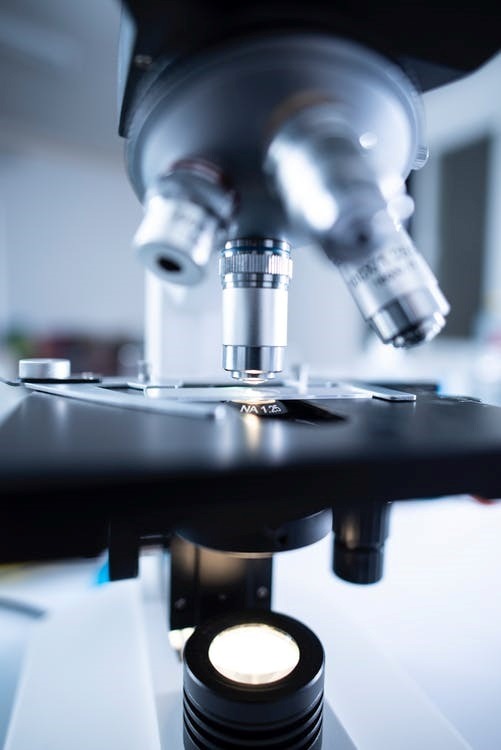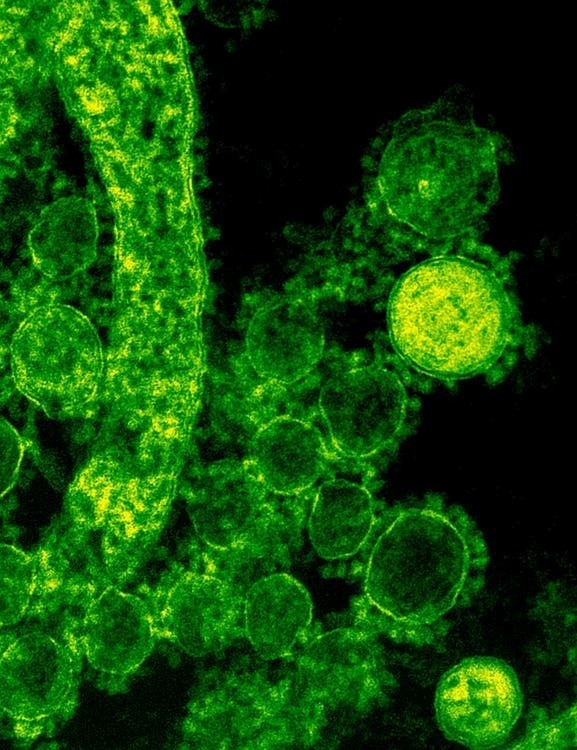Acid-Fast Stain
Acid-Fast Stain is a test in the laboratory that is used to determine if a sample of blood, tissue, or other body substance has bacteria that causes illnesses such as tuberculosis. This test is done by taking a sample of blood, sputum, urine, stool sample, tissue, bone marrow and then placing that sample on a slide. The slide is then stained and heated, and the sample holds onto the stain. The sample is then washed with a solution with acid and then stained again with a different stain. If bacteria holds onto the first stain, they are considered “acid-fast” because they were not washed away by the acid.
History of Acid-Fast Stain
The first person to use an acid-fast stain was a German scientist and doctor named Robert Koch. Dr. Koch was the founder of the science of bacteriology, and a Nobel Laureate in Medicine. He discovered the bacteria that causes tuberculosis in 1882 by using the acid-fast staining technique that he created and that was the first time acid-fast stain was used.
In the 1800’s, two scientists – bacteriologist Frank Ziehl and pathologist Friedrich Neelson modified Koch’s technique to create the Ziehl-Neelson stain that is most widely used today. If you want to learn more about the history of this, you can read about acid fast stain in this article written by people who know much more about it.
How is Acid-Fast Stain Used?
The acid-fast stain is used in many labs across the world now and helps to determine if a person has TB or other illnesses like it. The stain is used to tell apart acid-fast organisms like mycobacteria. This type of bacteria will have an elevated level of mycolic acids in the cell walls, the acid-fast bacteria is red, while the nonacid-fast bacteria is a type of blue green.
Bacteria that are acid-fast have cell walls that cannot be permeated, are like wax and contain mycolic acid, with lots of acids that are fatty, lipids that are complex and waxes. These bacteria are resistant to conditions that are dry and they are resistant to disinfectants. Since the cells are so thick, they require the special staining technique. The first stain that is used is soluble with lipids and they contain phenol and that helps the stain get through the cell wall. There is heat that is then applied, the stain is rinsed with an agent that strips the stain from the organisms. It cannot get through the wall of the acid-fast bacteria and will go through the other cells that are not acid-fast.
What Else Do You Need to Know About Acid-Fast Stain?
Acid-fast stain is the easiest, quickest, and least expensive procedure for diagnosis of tuberculosis and Nocardiosis. There are two types of bacteria that share acid-fastness that are Mycobacterium and Nocardia. You can learn more about acid-fast stain and how to use it here: https://www.austincc.edu/microbugz/acid_fast_stain.php. This type of staining helps to identify diseases such a tuberculosis and leprosy, two diseases that were responsible for many deaths before this procedure was found.
Steps to Finding Tuberculosis Using Acid-Fast Stain
Once a patient presents with a fever, night sweats and a cough that will not go away, a sample is taken from them. The sample can come from a variety of tissues, as seen above. Lab work is done using the steps above, if the bacteria is acid-fast, it will appear pink. If not, the bacteria will appear blue or purple, depending on the counterstain that was used. If the bacteria appear to be pink, it is likely to be tuberculosis, if it appears only partially pink it is probably Nocardiosis. If it appears blue or purple, then the patient probably has something else. To find out more about the steps to using an acid-fast stain you can look here. The article gives step by step procedures in an easy-to-follow manner. It is a very easy-to-read and gives lots of good information for the layman.
Conclusion
Acid-fast stain was first used in the 1800’s and is mostly used to determine if a patient has tuberculosis or Nocardiosis. This process is used because the cell walls of these bacteria are almost impermeable and this procedure works to get through those cell walls to be able to identify tuberculosis and Nocardiosis. The most common acid-fast stain used is the Ziehl-Neelson stain.

